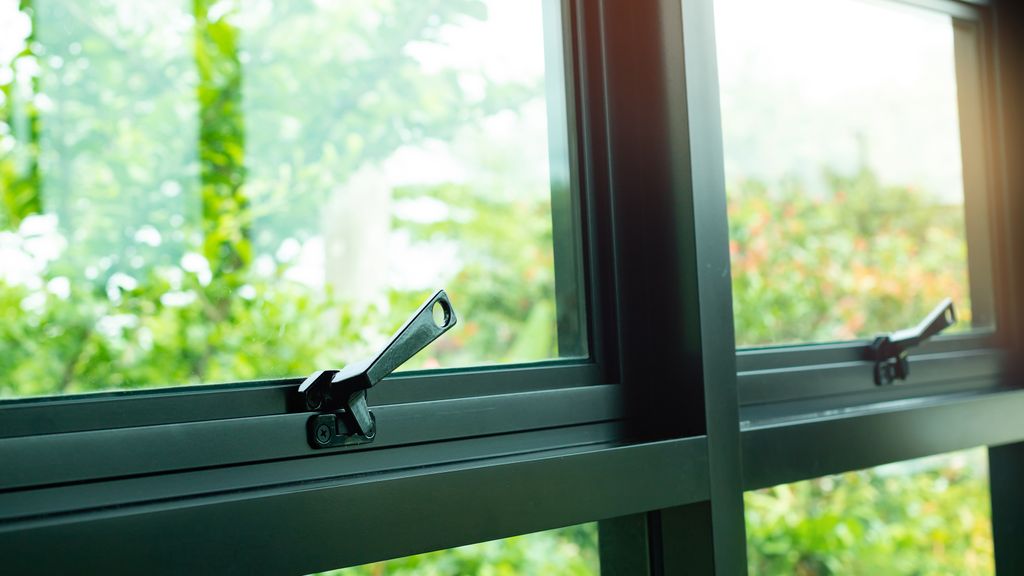How to Maintain and Clean Your Window Handles

Window handles are more than just functional components of your home; they are integral to the overall look and feel of your windows. While often overlooked, maintaining and cleaning your window handles can improve their longevity, ensure smooth operation, and keep your home looking neat and well-cared-for.
This article will guide you through the best practices for maintaining and cleaning your handles, regardless of the material or style.
Why Maintaining Window Handles Matters
Window handles undergo frequent use, often multiple times a day, which exposes them to wear and tear. Dirt, dust, moisture, and even the oils from your hands can accumulate over time, potentially causing corrosion, stiffness, or mechanical failure. Neglecting handles can result in:
- Difficulty opening or closing windows.
- Handles becoming loose or wobbly.
- Damage to the locking mechanism.
- A less aesthetically pleasing appearance.
Regular maintenance ensures that your handles function properly and last longer, saving you the cost and hassle of frequent replacements.
Identifying the Type of Window Handle
Before you start cleaning or maintaining your handles, it’s important to identify the type of handle you have. The most common types include:
Upvc Handles – Often found in modern homes, these handles are durable and resistant to corrosion. They are usually finished in white or metallic colors.
Aluminum Handles – Lightweight and strong, aluminum handles are common in both commercial and residential buildings.
Brass Handles – Known for their classic and luxurious look, brass handles require careful cleaning to prevent tarnishing.
Stainless Steel Handles – Durable and rust-resistant, these are easy to maintain but can show fingerprints and smudges.
Wooden Handles – Less common, wooden handles add charm but need careful cleaning to prevent warping or damage.
Knowing your handle type helps determine the appropriate cleaning materials and methods, avoiding scratches or chemical damage.
Tools and Materials Needed
For effective cleaning and maintenance, you’ll need a few basic tools and materials:
- Soft cloths or microfiber towels
- Mild detergent or dish soap
- Warm water
- Soft-bristled brush or toothbrush
- WD-40 or silicone spray (for metal handles)
- Vinegar solution (optional, for stubborn stains)
- Cotton swabs (for tight spaces)
- Gloves (optional, to protect your hands)
Avoid using abrasive materials or harsh chemicals, as these can damage the handle’s finish.
Step-by-Step Cleaning Process
1. Remove Dust and Debris
Start by removing any loose dust or debris. Use a soft cloth to wipe the surface of the handles. For hard-to-reach areas, such as the base of the handle or the crevices around screws, a soft-bristled brush or cotton swab works well. This prevents scratching the handle during deeper cleaning.
2. Prepare a Mild Cleaning Solution
Mix a small amount of mild detergent with warm water. Avoid using strong chemicals, bleach, or acidic cleaners, especially on metal or painted handles, as they can damage the finish. Dip a soft cloth into the solution and wring it out so it’s damp, not soaking wet.
3. Clean the Handle Surface
Gently wipe the handle with the damp cloth, paying attention to areas with fingerprints, smudges, or dirt build-up. For stubborn grime, use a soft-bristled brush or toothbrush. If your handles are brass, a vinegar solution (1 part vinegar to 3 parts water) can help remove tarnish, but rinse thoroughly afterward.
4. Dry the Handles
Moisture can cause rust or damage over time, so it’s important to dry the handles thoroughly. Use a dry microfiber cloth to remove all water, making sure to reach the corners and edges.
Maintaining the Handle Mechanism
Cleaning the handle surface is only part of the maintenance process. Ensuring the internal mechanism works smoothly is equally important.
1. Check for Loose Screws
Handles can become loose with repeated use. Periodically check all screws and tighten them with the appropriate screwdriver. Be careful not to overtighten, as this can strip the screws or damage the handle.
2. Lubricate Moving Parts
Apply a small amount of lubricant, such as WD-40 or silicone spray, to the moving parts of metal handles. This reduces friction, prevents sticking, and prolongs the lifespan of the mechanism. For UPVC handles, a silicone-based lubricant is preferred, as oil-based lubricants can cause damage.
3. Test the Handle
After cleaning and lubricating, operate the handle several times to ensure it moves smoothly and locks securely. If you notice any stiffness or unusual resistance, it may indicate a more serious mechanical issue that requires professional repair.
Preventive Tips for Long-Lasting Handles
Regular Cleaning – Aim to clean your handles at least once a month to prevent dirt build-up.
Avoid Harsh Chemicals – Steer clear of bleach, strong solvents, or abrasive materials that can damage the finish.
Protect Against Moisture – In humid environments, wipe handles regularly to prevent rust, especially on metal handles.
Use Gentle Force – Avoid slamming or forcing handles, as this can damage the mechanism.
Seasonal Maintenance – Check and lubricate handles at the change of each season to account for temperature or humidity fluctuations.
When to Replace Window Handles
Even with proper maintenance, UPVC door handles may eventually wear out. Signs that replacement is necessary include:
Handles that wobble or feel loose even after tightening screws.
Difficulty in opening or closing windows despite lubrication.
Visible cracks, corrosion, or broken parts.
Rust or tarnish that cannot be cleaned.
Replacing handles promptly ensures the security and functionality of your windows while maintaining a polished look.
Conclusion
Window handles might seem like small details, but their proper maintenance significantly impacts the usability and appearance of your windows. By cleaning them regularly, checking for loose screws, and lubricating moving parts, you can extend the lifespan of your handles and keep your home looking tidy and well-maintained.
Remember, different materials require specific care, so always tailor your cleaning method to the handle type. A little attention now can prevent costly replacements later, ensuring your windows continue to function smoothly and elegantly for years to come.



